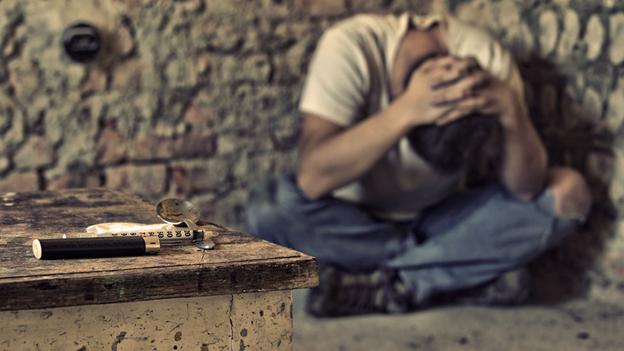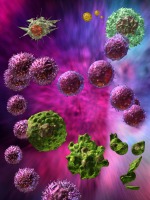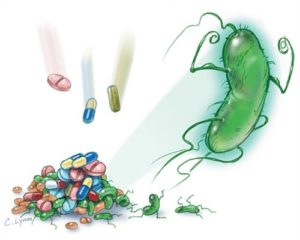Harnessing Health Hazards is a Huge Hunk of Healthcare

The things which kill us can also make us better. It sounds like the claims of a dangerous quack, but it’s a pillar of popular medical science. Across the board, from dealing with deadly bad habits to treating lethal cancers, the very weapons used by doctors and specialists to combat these afflictions are oftentimes as hazardous as the ailments themselves if not properly administered by trained experts.
It could be considered a case of “what doesn’t kill us makes us stronger” and this is arguably mostly true, but the real reasons for why hazardous substances and activities play a critical role in healing are a bit more nuanced than what this platitude would suggest. Consider the following examples:
Ibogaine Therapy
One in ten Americans over 12 years of age is addicted to alcohol and/or drugs. With only one in ten of these individuals receiving treatment at any given time, the substance abuse epidemic in the United States has reached unprecedented proportions. This is especially true in regards to opioid addiction, which kills 91 Americans every day according to the Centers for Disease Control and Prevention (in 2015).
In the fight against addiction, many individuals are turning to a naturally occurring psychoactive substance known as Ibogaine. Going as far back as the mid-19th century, ibogaine has shown promise as an anti-addiction agent particularly for those suffering from opioid abuse. However, the potentially dangerous side effects have kept it from achieving mainstream status as a solution to substance abuse. Those seeking Ibogaine to combat addiction must go through Ibogaine treatment centers for safe and effective therapy. If properly administered, Ibogaine has the potential to save lives, but in theory, it remains a hazardous substance without professional supervision.
Antibiotics & Vaccinations
Death from disease used to be a routine part of life. If you were healthy, it likely meant you were close to someone who died from an infection, were yourself a former victim of a life-threatening infection, would become the victim of a life-threatening infection, a combination of two of these, or all of the above. It wasn’t a question of “if” so much as “when” deadly disease would befall a family.
That was before we realized it was possible to harness hazards to combat infection. While deadly disease remains a risk and more so in certain parts of the world, this risk has been substantially reduced thanks to the development of antibiotics and vaccines, both of which involve using dangerous substances to have a positive effect. In fact, the word “antibiotic” means “opposing life” and refers to the fact these drugs destroy organisms on the cellular level.
The reason they help humans and not harm us is because antibiotics like penicillin target cell parts found in bacteria but which human cells lack. Vaccines work by essentially isolating a deadly or otherwise dangerous disease strain and rendering it relatively harmless. This neutered strain is then introduced into the body and acts as a simulator for the more dangerous varieties, allowing the immune system to build a response without actually having to experience the deadly form of the infection.
Chemotherapy
One out of every four deaths in the United States is from cancer. This deadly disease is the result of runaway, unregulated cell growth within the body. If allowed to fester undetected, the chances for long-term cancer survival become lower and lower. It’s imperative for folks of all ages and fitness levels to get a medical  check up every year to increase the odds of cancer being caught early, as well as those at elevated risk being screened for cancer roughly every six months.
check up every year to increase the odds of cancer being caught early, as well as those at elevated risk being screened for cancer roughly every six months.
Once cancer is present, the most common form of treatment is chemotherapy. This, in essence, is the use of poison and radiation to kill cancer cells, which are, after all, mutated versions of normal human cells. In fact, high doses of radiation in uncontrolled environments such as being in close proximity to nuclear waste all but guarantees the development of rapid cancers, proving that many aspects of chemotherapy are a delicate balancing act between effectively killing cancer cells but leaving healthy ones relatively unharmed despite both being vulnerable to the treatment methods.
Surgery
Lastly, and briefly, it must be acknowledged that surgery is certainly an example of the phenomenon of health hazards being useful in healthcare when properly administered. What sounds more counter-intuitive to health and safety than willingly allowing someone to cut open the body? Yet, such a seemingly gruesome act can be lifesaving when performed by a trained surgeon.
Healthcare is a delicate operation. The means to treat and cure many common ailments frequently calls for seemingly dangerous substances and activities. With expertise, these potential hazards act as healing mechanisms.







